Archive
2021
KubaParis
Ritual fragments
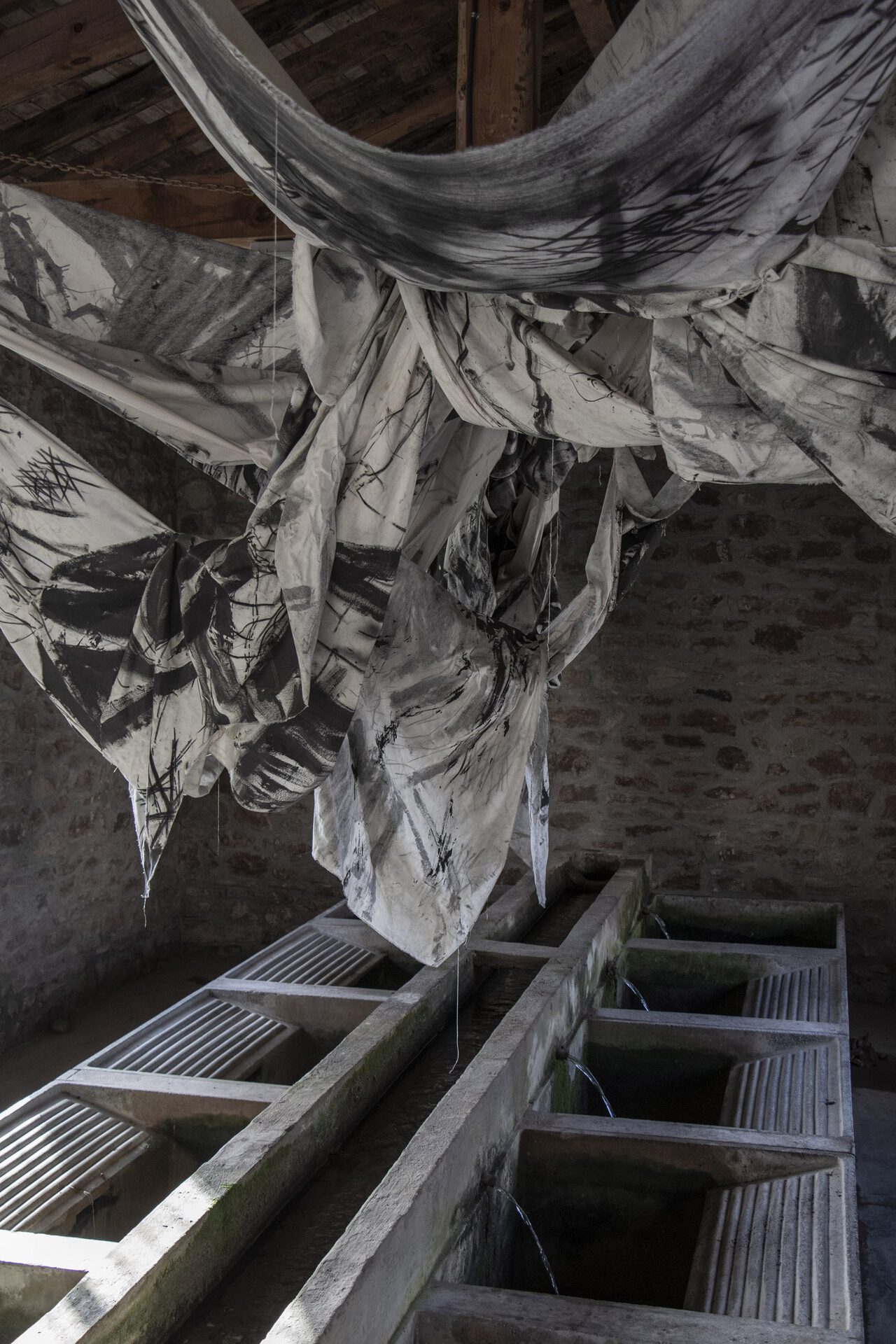

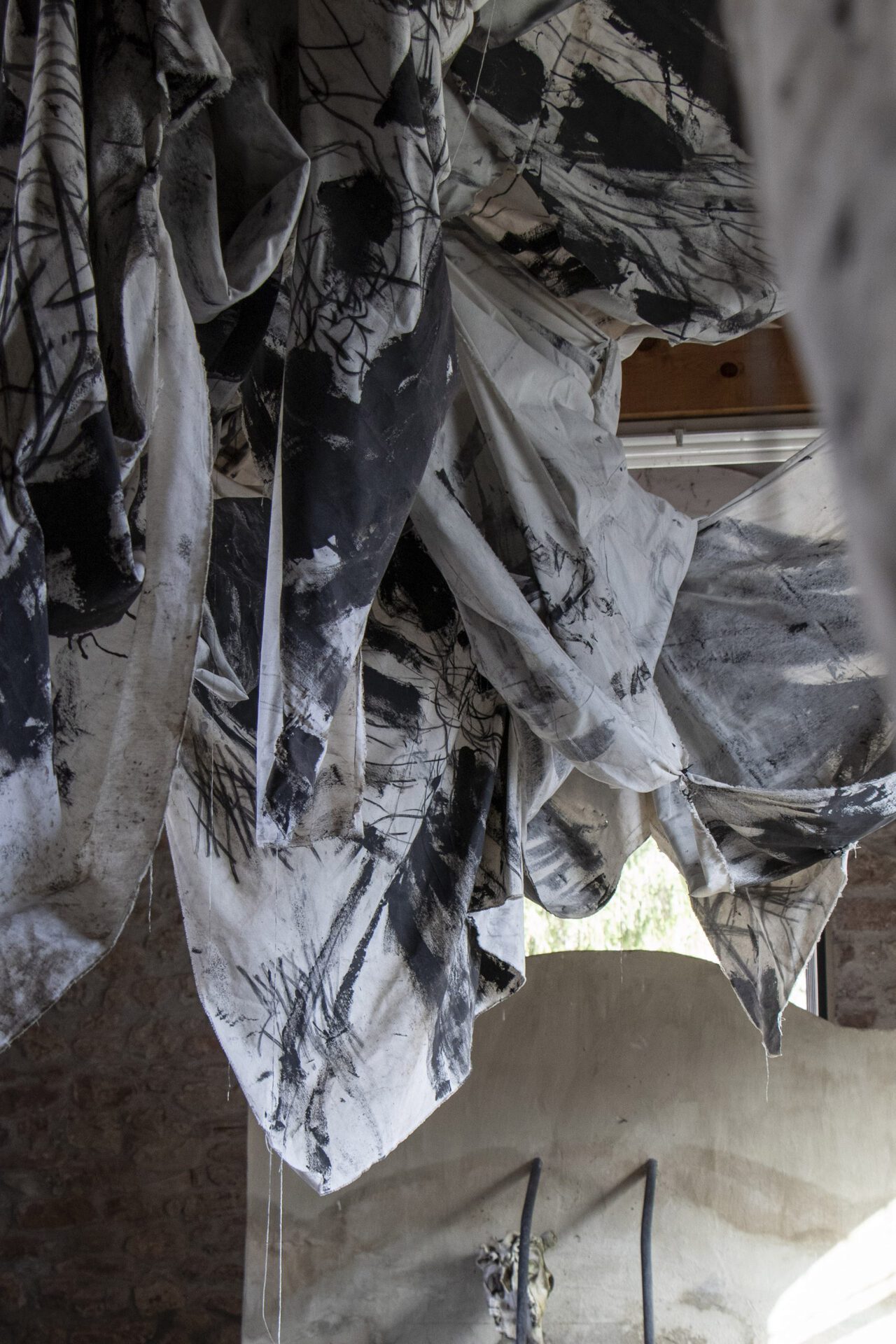
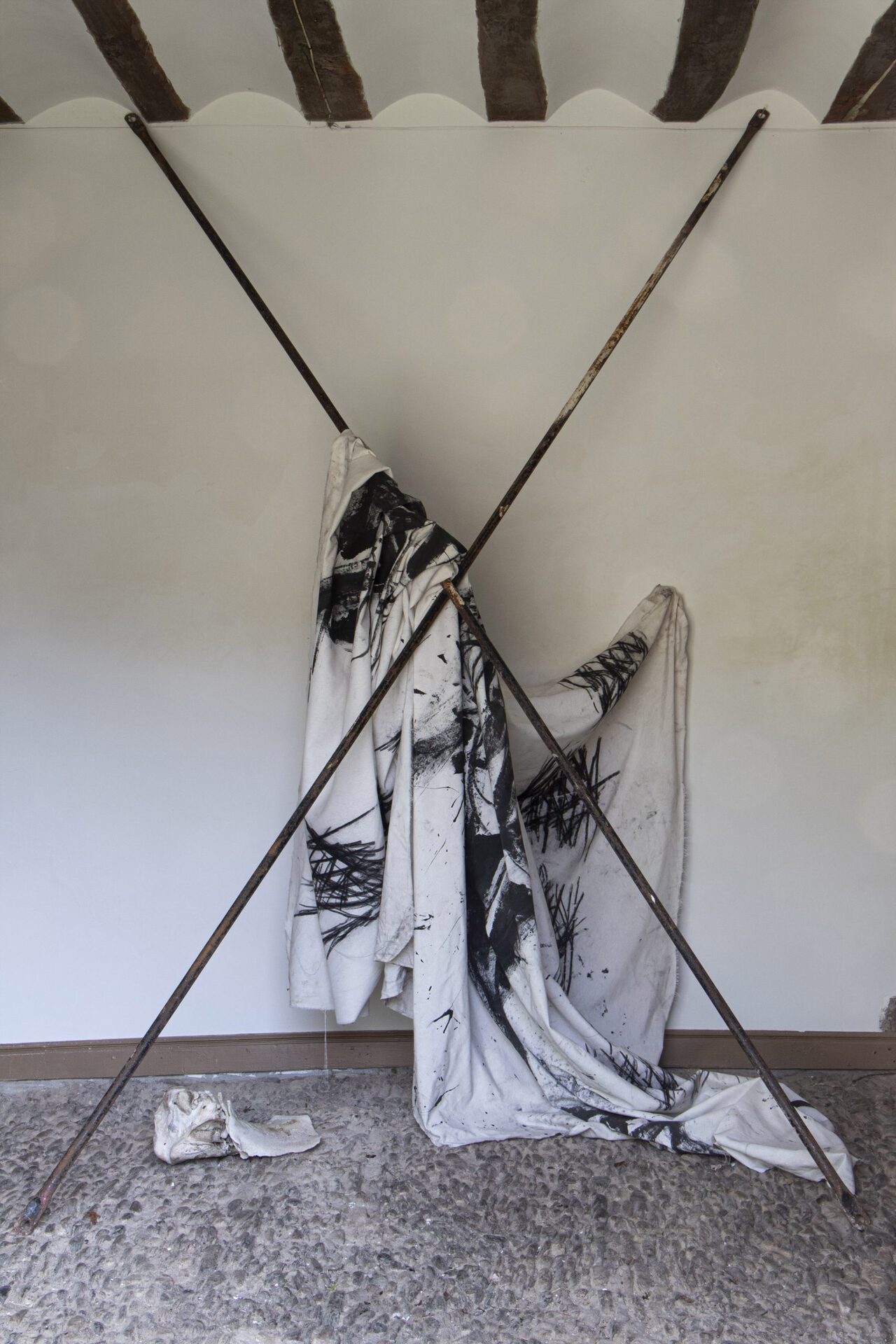

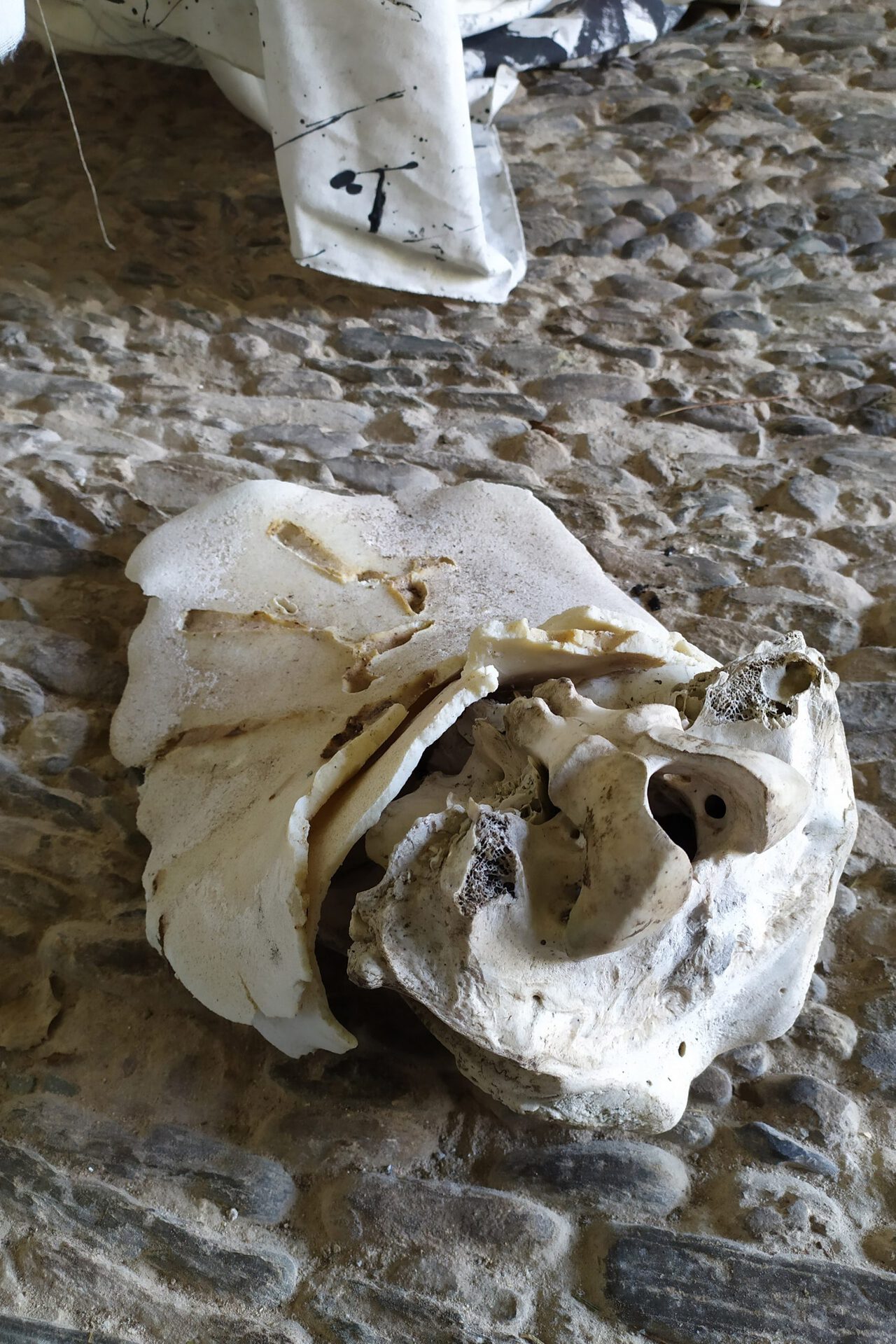
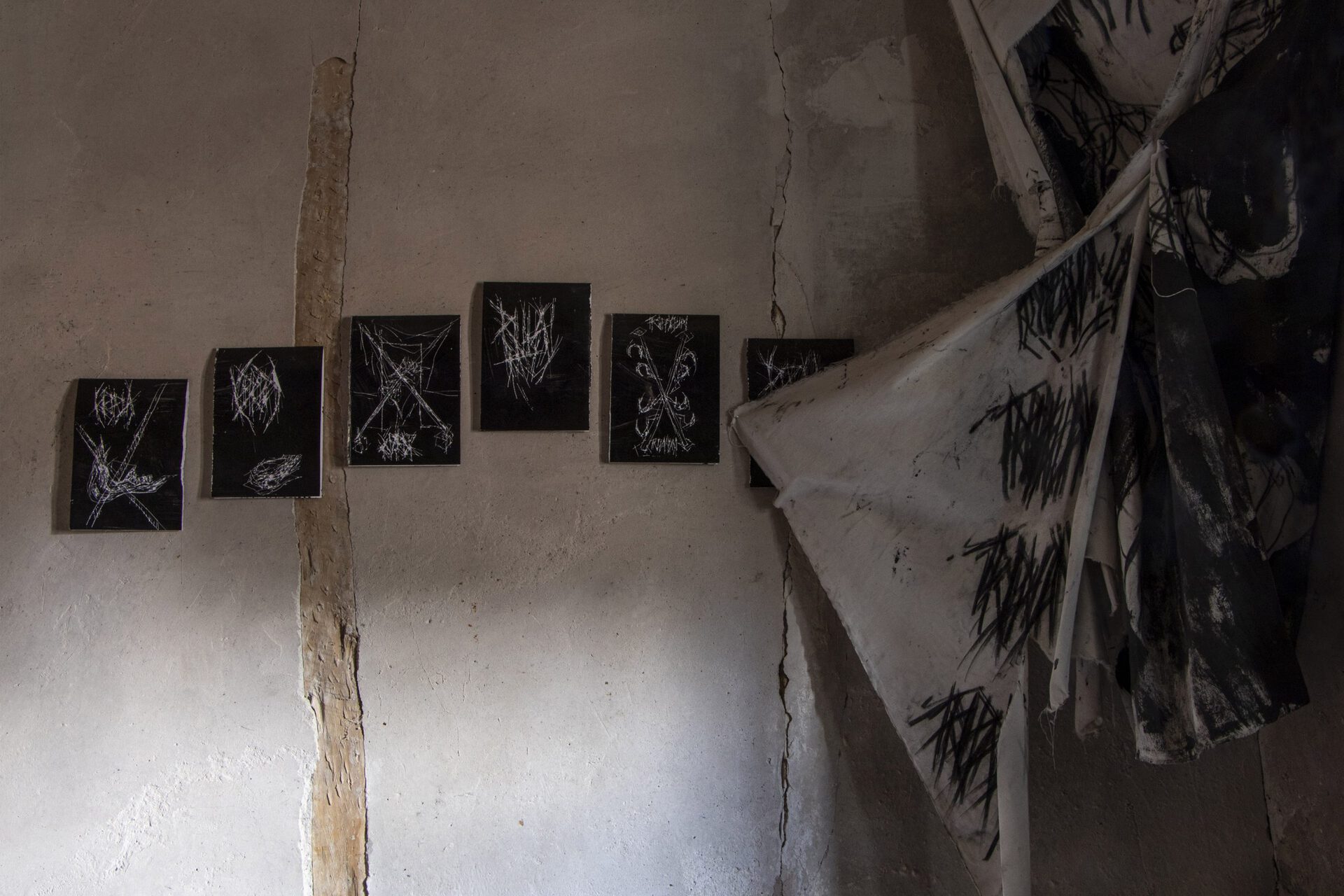

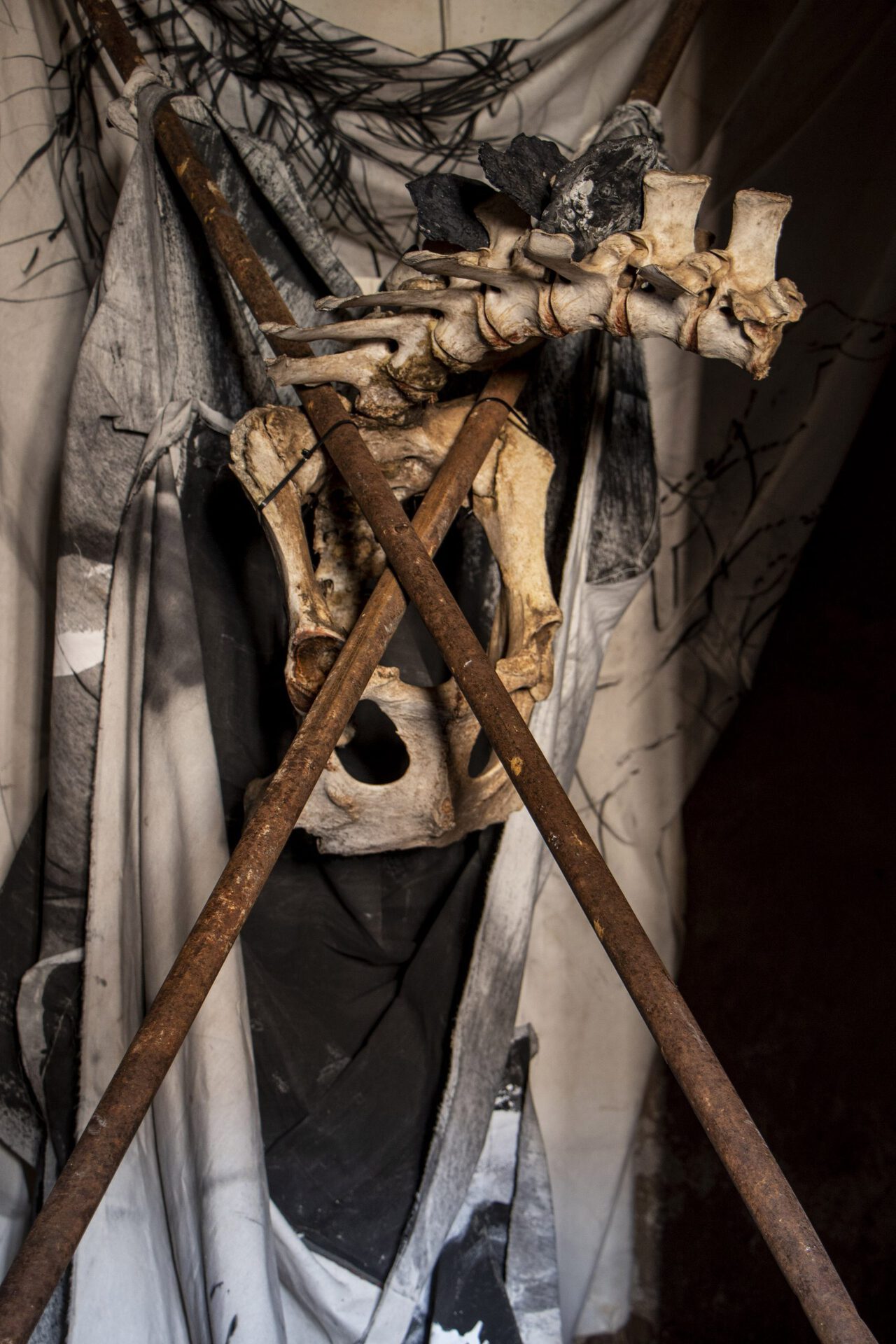
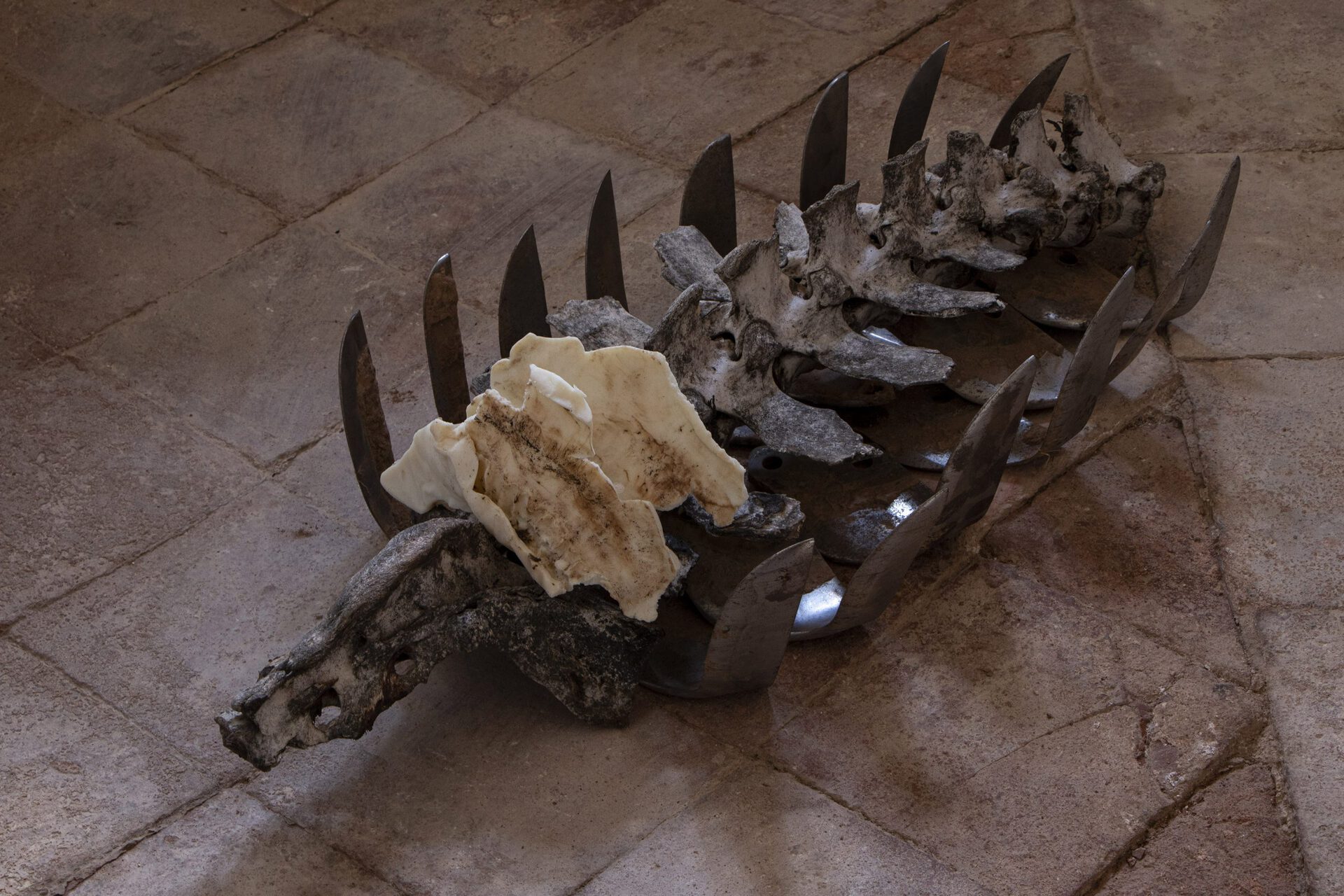
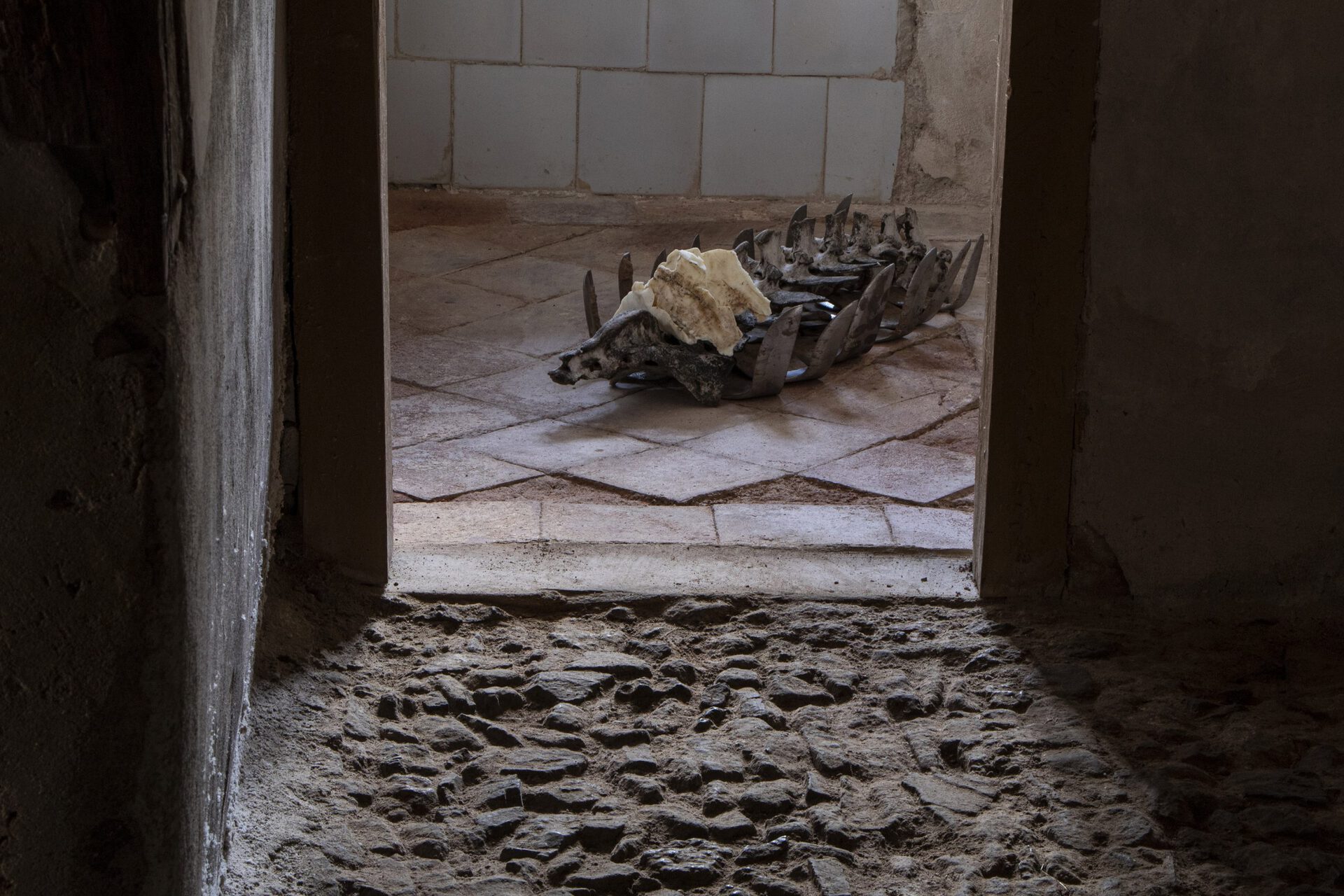


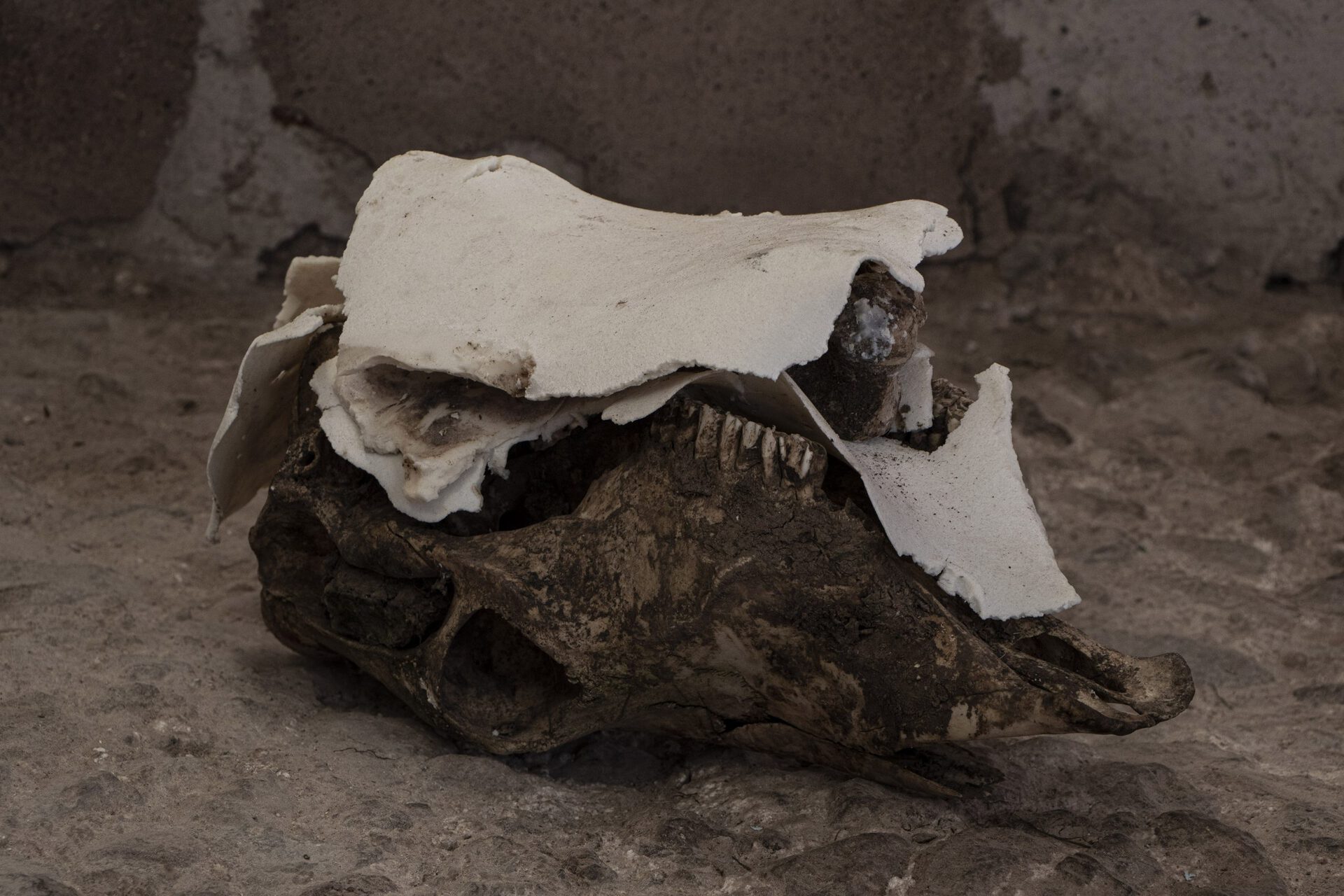
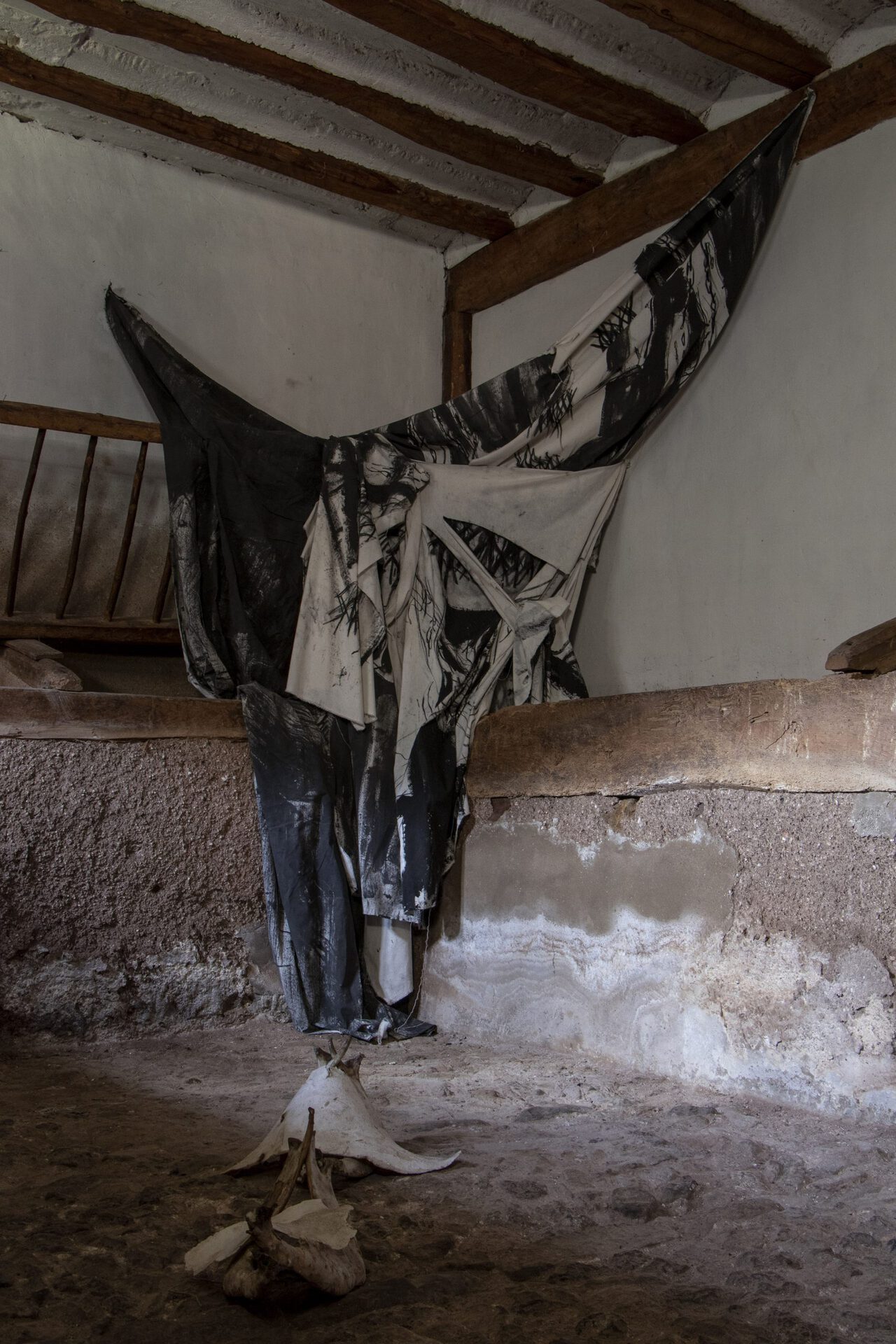

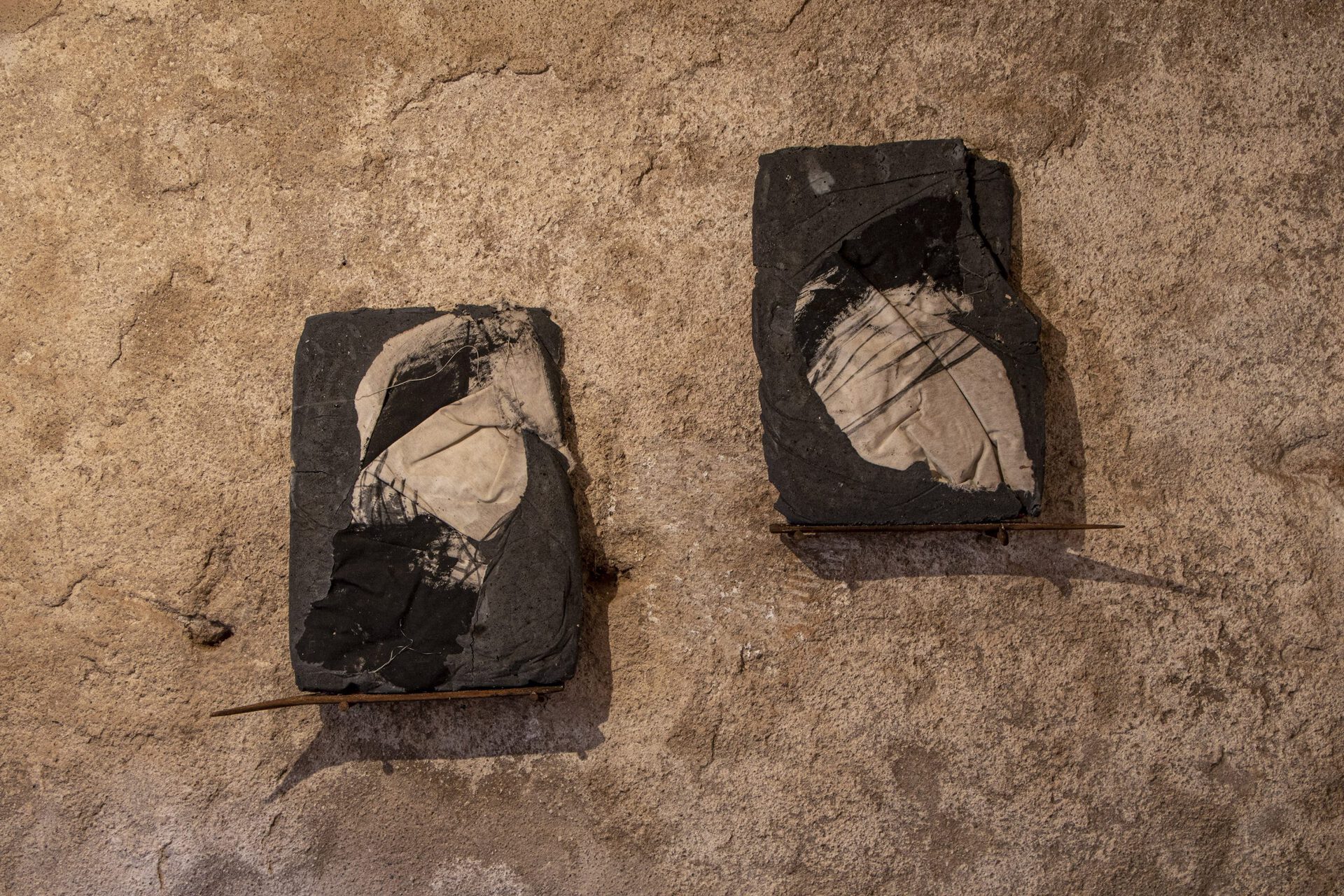
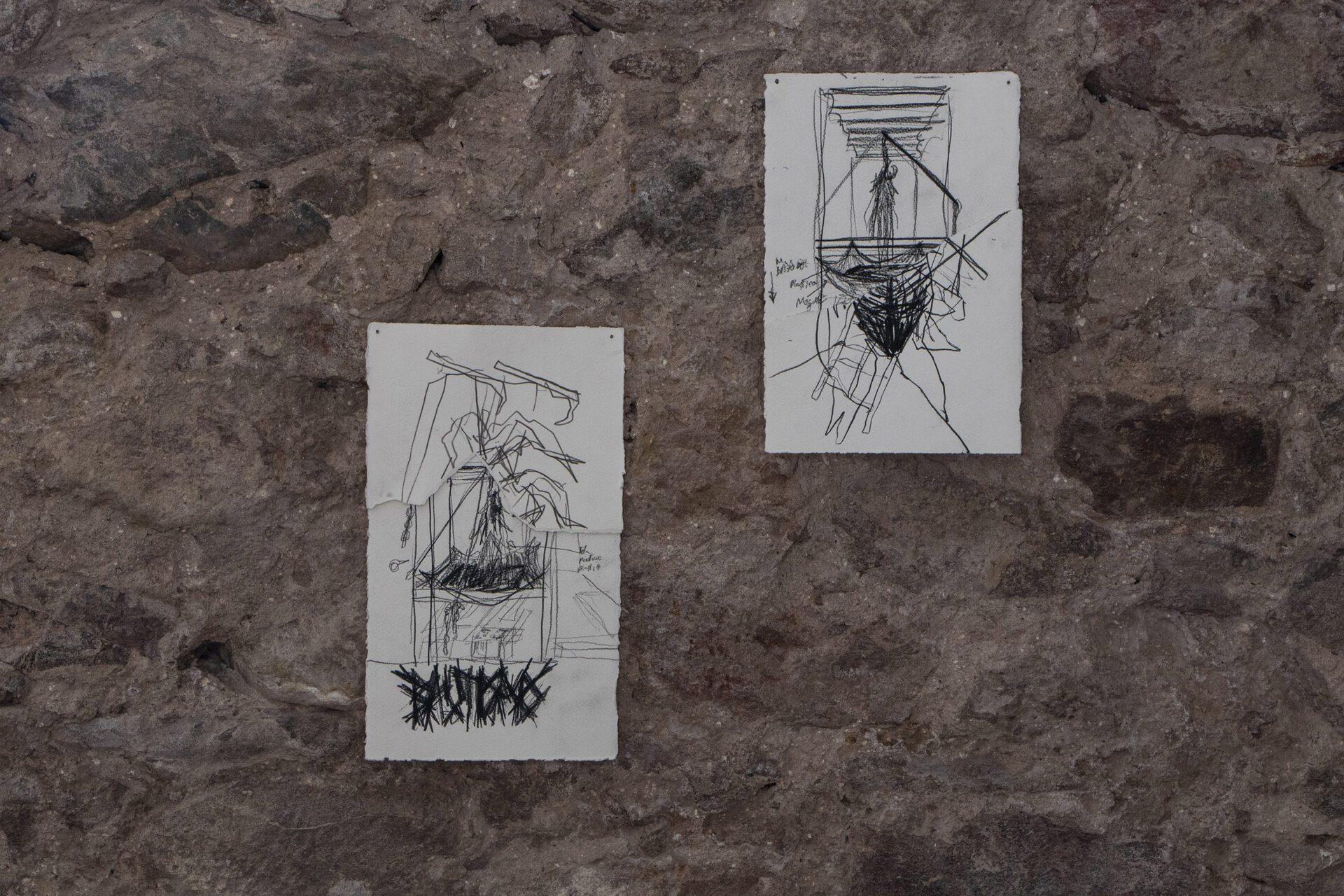
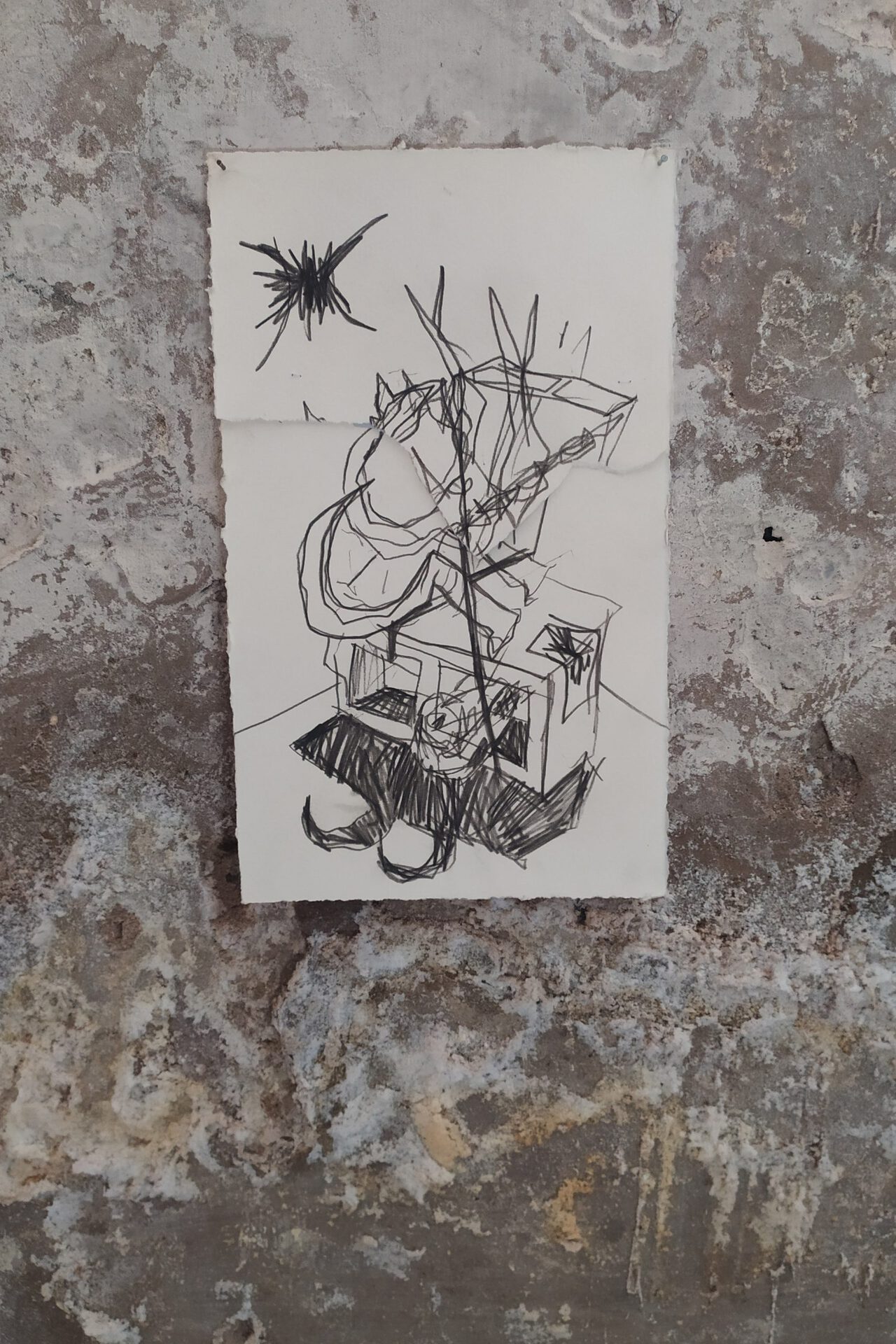
Location
EspacioArteVACADate
05.03 –29.05.2021Curator
PABLO BERNÁLDEZPhotography
Gabriel SantolayaSubheadline
RITUAL FRAGMENTS by CARLOS ZORROMONO solo exhibitions curated by PABLO BERNÁLDEZ at ESPACIOARTEVACA from 2021.03.06 to 2021.05.30 VACA – Viniegra Asociación de Cultura & Arte C/Hermanos Pérez Viniegra, 1 26329 – Viniegra de Abajo – La Rioja (Spain) Without warning, we find ourselves face to face with the reality that our social paradigm has suffered tremendous upheaval. In a completely unpredictable manner, all of our personal habits and interpersonal practices – the very underpinning of our day-to-day lives - have been dramatically disrupted. Unable to plan or organize, we are left hoping and waiting for a new communal status quo, although we have yet to imagine, or even catch a glimpse of it. Now, all of the sudden, we are forced to rethink our individual and collective resources that, in the past, instilled our future with a sense of stability. Alas, it seems we have no choice but to accept and embrace the fleeting nature and constant change inherent to life.Text
Without warning, we find ourselves face to face with the reality that our social paradigm has suffered tremendous upheaval. In a completely unpredictable manner, all of our personal habits and interpersonal practices – the very underpinning of our day-to-day lives - have been dramatically disrupted. Unable to plan or organize, we are left hoping and waiting for a new communal status quo, although we have yet to imagine, or even catch a glimpse of it. Now, all of the sudden, we are forced to rethink our individual and collective resources that, in the past, instilled our future with a sense of stability. Alas, it seems we have no choice but to accept and embrace the fleeting nature and constant change inherent to life.
In order to create a collective paradigm a new collection of symbols is necessary, helping us to explore the new frontier. Imagine a set of rituals that nurture human relationships and provide codes that give us some feeling of certainty and a baseline of harmony. Comunal spaces can be built for us to interact with the environment and the remnants of our past. In fact, such places already exist: they have endured and are now part of our present day. Life can be approached at a more leisurely pace, “making time to habitable” again. In short, in the words of the philosopher Byung-Chul Han, let us transform “being in the world” into “being at home”.
Carlos Ramírez de la Concepción - “Zorromono” (b. Nalda, La Rioja, Spain, 1987). From a very young age, this artist has been creating art that deals with the transformation of the contemporary social paradigm. The harmony between what he does and how he does it hints at his remarkable wisdom. Zorromono’s work is firmly rooted in his identity: it cannot be extricated from his rural origins and the social ecosystem that has nurtured him. With profound respect and courage, the artist utilizes builder’s tools inherited from his father. In Zorromono’s powerful hands, these tools take on new life and become ritualistic elements in his art installations. He fearlessly uses non-traditional materials to create surprising pieces, such as the soap he makes from very humble ingredients, which takes him back in time to his grandmother’s quiet bustling. Zorromono works with very simple materials at the agricultural co-op in his hometown, alongside neighbors from the surrounding countryside and other artists: their rural coexistence exudes vitality and enthusiasm.
“Ritual Fragments” marks a new chapter in a series by Zorromono which began with “Ballad of consent to this world” (Amós Salvador Art Center, Logroño, La Rioja, 2016). This collection has been growing annually with individual and collective art projects. His powerful installations consist of humble off-white fabrics invaded by black ink; lacerated with strong, irreversible cuts; often criss-crossed by masts tearing the fabric to pieces, then revealing their full power. In his new project located in EspacioArteVACA (Viniegra de Abajo, La Rioja) Zorromono’s work takes a dual-pronged approach. By using an ancient stable and the adjoining traditional wash-house he creates a dialectic between the private and the public, generating contrasts and connections at the same time. Potent, yet everyday spaces, witnesses of our past toiling and long-disappeared collective rituals. They tell us about our past, while their disruptive presence in the present impels us to rethink our plans for the future.
The founding manifesto of the Spanish artists’ group “El Paso” (Summer 1957) underscored its determination to move “[…] toward the anti-academic, where the spectator and the young artist become aware of their social and spiritual responsibility”. Suddenly we are now forced again and to examine our surroundings more closely and contemplate what we see or have at hand, to rethink and create new dynamics. Likewise, collaborative initiatives can be constructive in our immediate environment, contributing to a new – albeit small-scale – paradigm. Eventually, we will create new fragments of ourselves, both as individuals and as communities. Finally, we will become just another link in the ancestral chain that, though to our eyes unseen, ties us to the very beginning, the founding ritual: place.
Carlos Ramirez De La Concepción
ZORROMONO
Carlos Ramírez de la Concepción "ZORROMONO" (Nalda 1987) He trained at the La Rioja School of Design (Esdir) in illustration, later in graphic design, in 2015 he studied a year of interactive and multimedia design at ESAD Matosinhos, Oporto, Portugal. Since 2016 he has developed his career as an independent artist, investigating the limits of drawing, traditional printing and large-format painting, making exhibitions and installations for spaces such as Sala Amós Salvador (Collective exhibition The most beautiful days, Logroño) Galería La Lonja (exhibition individual A happy world) Tabacalera Promotion of art in Madrid (installation Sacrifice to the new gods, Tabacalera quarry residency program). In parallel, she is an activist for the development of comprehensive projects related to rural development, culture and the alternative and solidarity economy.
PABLO BERNÁLDEZ